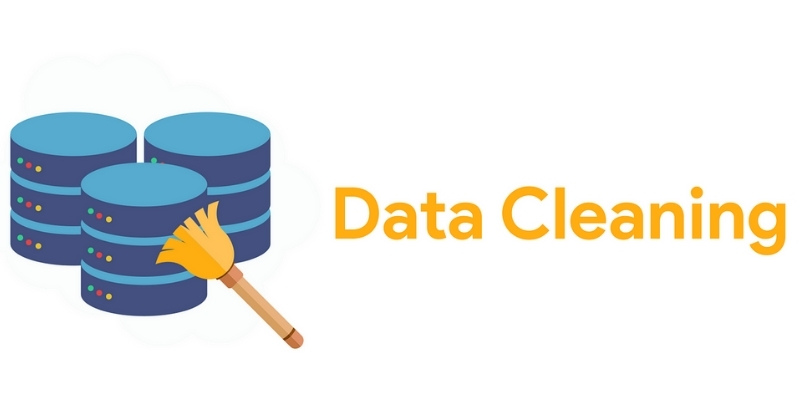Finance teams are under constant pressure to deliver more with less. From tightening compliance regulations to increasing demands for real-time reporting, the workload is only growing. Artificial Intelligence (AI) offers a solution by automating routine, time-consuming, and error-prone tasks.
However, AI is not a one-size-fits-all solution. Not every financial process will benefit from automation in the same way. It makes it critical for organizations to know which areas in finance are most suitable for AI. Selecting the right processes ensures that investment in AI brings measurable results in efficiency, accuracy, and return on investment (ROI).
Why Choosing the Right Process Matters
AI has the potential to transform how finance departments operate, but its effectiveness depends heavily on where it is applied. Automating the wrong process can lead to more complexity, wasted resources, and even loss of control.
When finance teams focus on the right areas, AI can:
- Free up skilled professionals for high-value work
- Minimize human error in sensitive data tasks
- Speed up decision-making with real-time insights
- Enhance compliance and reporting accuracy
- Improve employee morale by reducing repetitive tasks
The key is to prioritize tasks based on clear criteria rather than assumptions.
Step 1: Mapping Out Finance Operations
To begin, finance departments should create a full map of all ongoing processes. It includes both high-level workflows and day-to-day activities. Common financial functions include:
- Accounts payable and receivable
- Expense management
- Budgeting and forecasting
- Payroll and employee reimbursements
- Financial reporting
- Compliance and audit preparations
- Cash flow monitoring
- Tax processing
Listing these processes allows the team to see the full picture before evaluating what’s worth automating.
Step 2: Identifying Repetitive and Rule-Based Activities
AI performs best when tasks follow predictable rules. Processes that are structured and repetitive make ideal candidates for automation. These are typically tasks that do not require complex decision-making or emotional intelligence.
Ideal processes include:
- Data entry from invoices or receipts
- Matching purchase orders with vendor invoices
- Bank reconciliation tasks
- Recurring month-end financial closings
By targeting rule-based activities, organizations reduce the likelihood of AI misinterpreting the task, ensuring smoother implementation.
Step 3: Pinpointing High-Volume, Time-Intensive Tasks
Another important criterion is volume. The more frequently a task is performed, the greater the potential time savings through automation.
For example:
- Processing hundreds of vendor payments monthly
- Reviewing numerous employee reimbursements
- Generating regular financial reports for stakeholders
AI tools can handle these tasks at scale, often much faster than a human can. Over time, the time savings can compound into significant efficiency gains.
Step 4: Evaluating the Risk of Human Error

Certain finance activities have a low tolerance for mistakes. Manual errors in these processes can lead to major financial or compliance issues.
High-risk areas may include:
- Tax filing and compliance documentation
- Budget analysis and forecasting
- Cross-checking regulatory reports
AI tools, when properly trained, can deliver consistent results with minimal errors. Processes that frequently suffer from inaccuracies are often strong candidates for AI intervention.
Step 5: Assess the Need for Speed
Some processes require faster results than humans can consistently deliver. When speed is critical—such as for real-time cash flow visibility or fraud detection—AI offers unmatched performance. AI systems can continuously monitor financial data and flag irregularities as they happen. It helps leaders respond faster, avoid risks, and make timely decisions based on fresh data.
Step 6: Assessing Compliance and Reporting Needs
In highly regulated industries, finance teams must maintain accurate records and be audit-ready at all times. AI can support this by automating documentation, logging activities, and ensuring compliance steps are followed.
AI can enhance:
- Audit trail creation
- Tax document preparation
- Regulation-specific reporting formats
Processes tied to compliance typically benefit from automation due to their need for precision and consistency.
Step 7: Calculating Return on Investment (ROI)
Before making changes, it’s important to assess the financial impact. AI tools and platforms come at a cost, and their value must be measured against savings in time, labor, and risk reduction.
Key questions to evaluate ROI include:
- How many hours per month will this task save if automated?
- What is the current cost of errors in this process?
- How long will it take to recover the cost of implementation?
Finance leaders should prioritize tasks where the return is easy to measure and likely to exceed the investment within a short period.
Step 8: Pilot Testing Before Scaling
Once potential processes are identified, organizations should avoid automating everything at once. Instead, they can choose one or two simple, low-risk processes for pilot testing.
Ideal pilot candidates:
- Involve minimal system integration
- Are familiar to staff and already well-documented
- Have clear metrics for before-and-after comparisons
Pilot programs help refine the approach, fix any issues early, and gather real-world results before scaling AI to more complex operations.
Additional Factors to Consider

Before finalizing which finance processes to automate, a few additional checks can help avoid surprises:
- Data readiness: AI needs clean, structured data to work properly.
- IT compatibility: The systems in use must support integration with AI tools.
- Staff adaptability: Finance teams must be open to learning and managing AI systems.
- Security and privacy: Financial data is sensitive, so any AI system must meet high-security standards.
These checks ensure that the automation project is not only efficient but also sustainable.
Conclusion
Selecting finance processes for AI is not about choosing the most high-tech option—it’s about solving real problems. Finance teams must look at each task through the lens of volume, risk, complexity, and potential impact. By taking a structured approach, leaders can choose processes that truly benefit from automation. Starting small, measuring results, and scaling smartly will help finance departments unlock AI’s full potential without unnecessary disruption.










